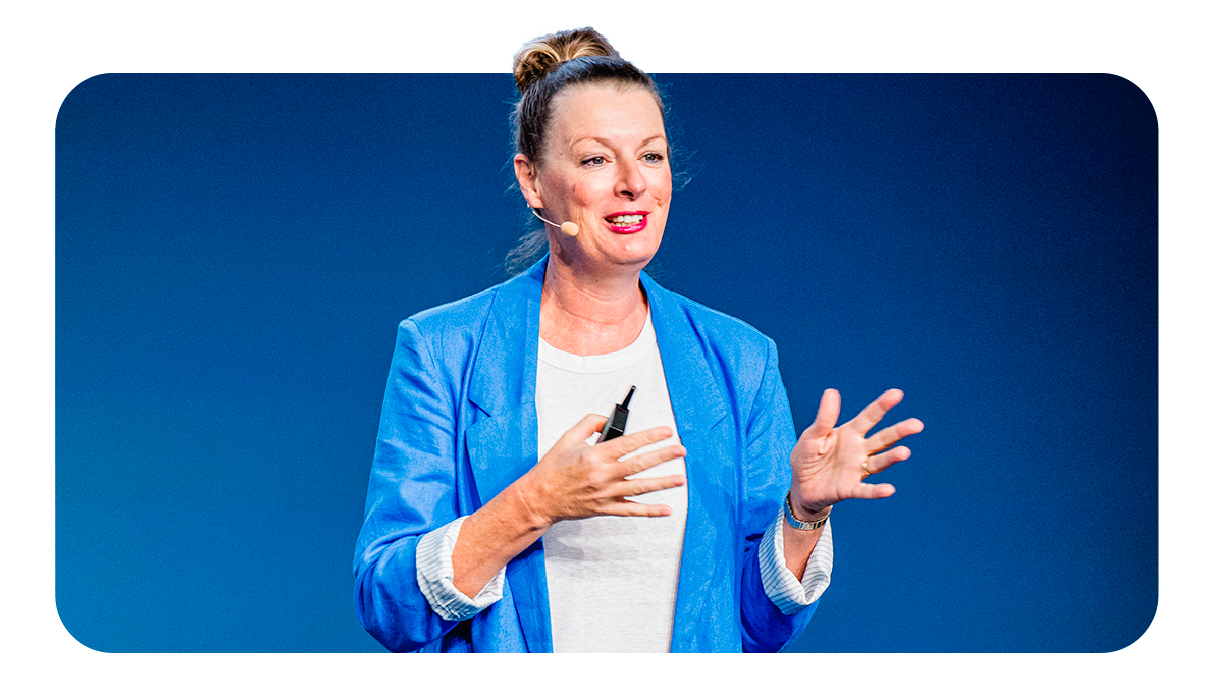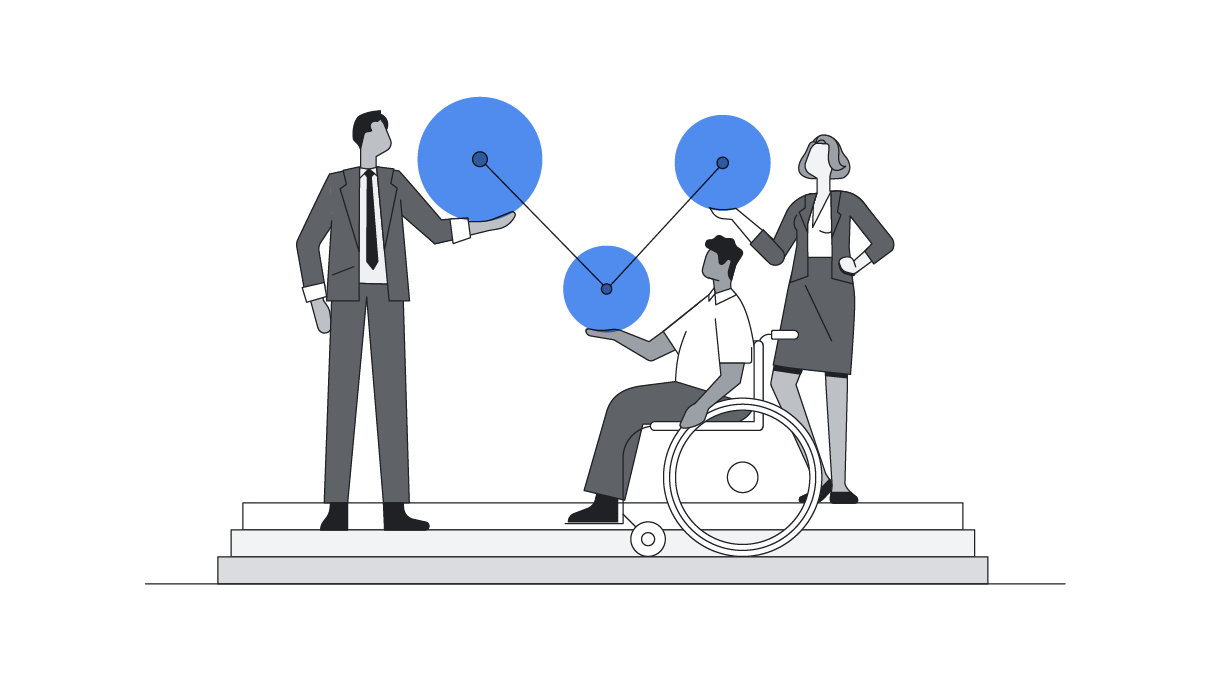David Baekholm is chief growth officer at Epidemic Sound, a Swedish-born music technology company with offices in the Netherlands, the U.S.A, South Korea, and Germany. He's responsible for ensuring that the company has a comprehensive understanding of its customers.
One such way of identifying this is through a recent project to create a productive lifetime value model that could help Epidemic Sound spend the right amount of marketing budget on the right customers, and increase its paid subscribers.
Lifetime value modelling: The sound of our success
Lifetime value (LTV) is the estimated amount of revenue that a customer will generate through their lifespan as a customer of a company. It is a key driver for many financial decisions within a company, such as budget, profitability, and forecasting.
The tough economic climate called for us to have a more cost-effective approach to spending. We needed to create a lifetime value model that could help us be more strategic with our budget.
That’s why it’s essential to create an accurate and informed LTV model that identifies higher value customers.
At Epidemic Sound, we found that the money we were spending on our customers was disproportionate. Because we hadn’t identified our higher value customers – for example, paid subscribers – we were spending as much of our budget reaching our lower value customers.
The current tough economic climate called for us to have a more cost-effective approach to spending. We needed to create an LTV model that could help us be more strategic and precise with our budget.

Within four months of introducing our new LTV model, we were able to identify our higher value customers and grow our paid subscriber base by 80%. Here’s how we did it.
Building a pitch perfect LTV model
To effectively identify our higher value customers, we looked at engagement over time. For example, we’d look at if they are returning visitors to the site and/or if they have licensed content more than once. This usually correlates with the likelihood of them becoming — and remaining — a paying subscriber.
We then began building our new LTV model. We kept things pretty simple, breaking down our customers into:
- What subscription plan they were on
- What country they were from
This may not seem like much, but it allowed us to take a huge step in the right direction.
We took several steps to grow lifetime value. For example, we have translated our site into a host of additional languages.
As we learned more about our customers and their behaviours, we needed to ensure that these learnings were reflected in the LTV model. We were able to then add more layers to the knowledge we had on our customers, finding out what plan users had, what country they live in, and what licence they bought.
We also expanded the model to include other customers, such as:
- One-off licensees — Those who need just one, or a few, tracks for a single production.
- Partners — These are the integrated partnerships we have with Adobe, Canva, Pinterest, and others.
- Enterprise clients — A subscriber (usually a business) who needs a bespoke subscription.
We took several steps to grow lifetime value. For example, we have translated our site into a host of additional languages. We can now see everyone engaging in their native language, which adds an additional layer to the model, and we have discovered that people are more likely to engage in their language of preference.
We have also introduced our own app as we know that when users install it, it will lead to a higher LTV.
The sweet sound of Smart Bidding
Once we had our ‘pitch perfect’ LTV model in place, we were able to feed data from the model into Smart Bidding. This bidding tool, powered by Google AI, uses our data to make more accurate predictions about how different bid amounts will affect conversions.
Smart Bidding has done the heavy lifting for us. It’s easy to have an idea about LTV but the execution part is tough, especially at scale.
You need an aggregator – like AI – that not only knows your data, customers, and preferences, but also has its finger on the pulse of everything that’s going on in the market; every single user and how they consume media.
Smart Bidding allowed us to start directing the right level of spend to the right customers. Within four months, we’d seen an 80% growth in our high value customers, such as paid subscribers.
You need an aggregator – like AI – that not only knows your data, customers, and preferences, but also has its finger on the pulse of everything that’s going on in the market.
Understand your data’s expiration date
So what’s next? Part of the iteration that we are working on now is one of the toughest: recency bias. This means placing greater importance on the most recent events.
The world is changing at an accelerated pace, especially with the quick advancements within the generative AI space. What was true of your customers yesterday might not be true tomorrow.
It’s important that you have a thorough grasp on your data and remember to treat it like milk – it has an expiration date. Using it after this will not give you an accurate reflection of where your customers are in the present moment.
You need to understand how far back you feel comfortable trusting customer insights and the corresponding data. Adding a time decay – the measure of the value over time – to all your customer insights and data is the best approach to address this.
For Epidemic Sound, we constantly have to tweak the values in our ‘data decay model’ to ensure we stay relevant in our product development and customer communication.
It’s important that you have a thorough grasp on your data and remember to treat it like milk – it has an expiration date.
Beyond that, my advice is to start as simple as possible. Many LTV models fail because they aim for too much complexity and sophistication from day one. Start with a simple model and be prepared for ongoing iterations.






